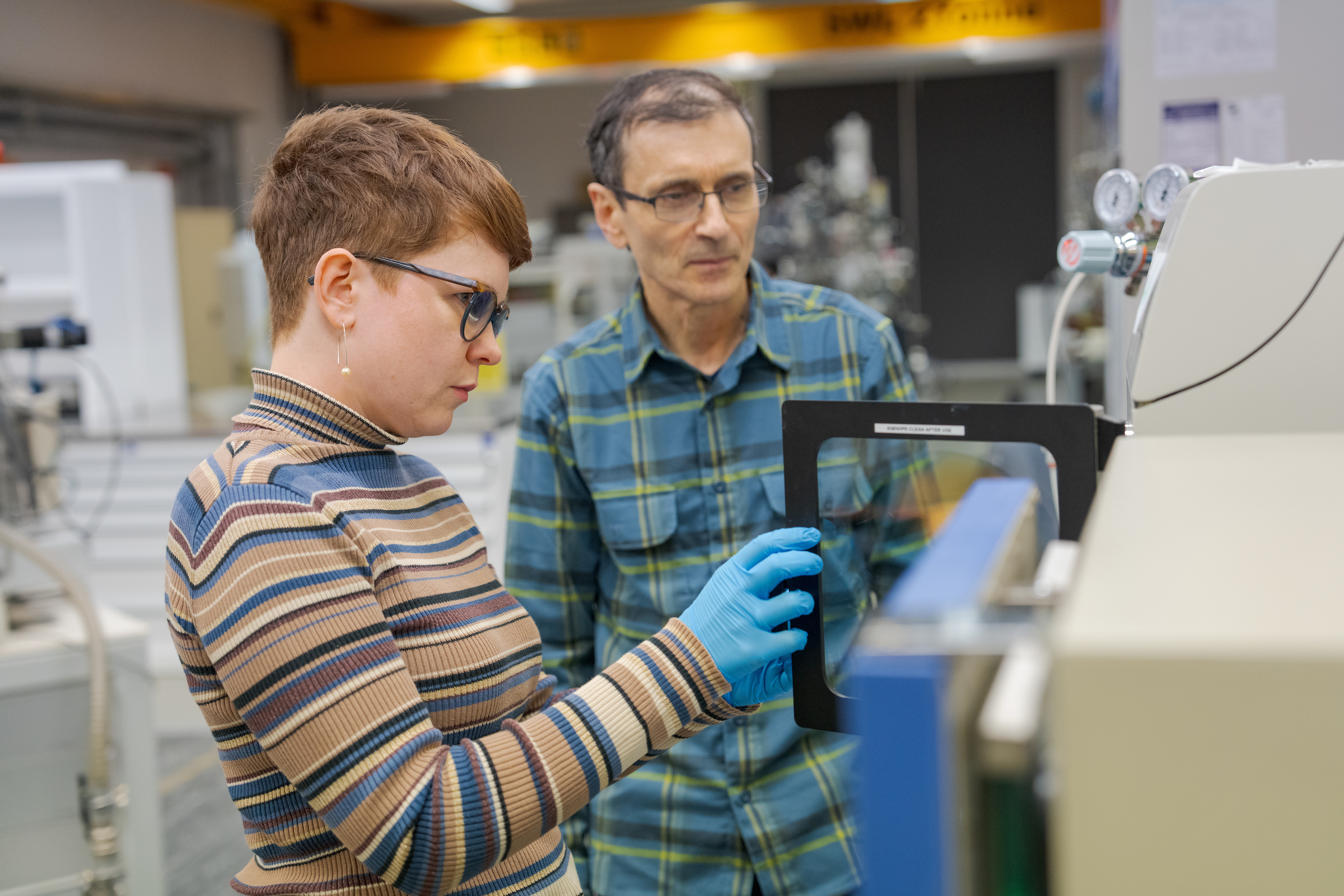
Research projects
Below we list current research topics in RSES, with links to relevant researchers, supervisors and research groups.
Displaying 121 - 135 of 143 project(s).
The ocean-atmosphere interface is a highly complex and extremely important part of the climate system. The dynamics and thermodynamics of the sea surface govern fluxes of heat, momentum and CO2 between the atmosphere...
science Research area
Group
People
- Dr Callum Shakespeare, Principal investigator
- Dr Kial Stewart, Researcher
- Professor Michael Roderick, Principal investigator
The Earth’s inner core is a planet within a planet: a hot sphere with a mass of one hundred quintillion tons of iron and nickel that lies about 5150 kilometres beneath our feet, still waiting to be discovered. Modern global seismology serves as an inverted telescope with which we can probe the Earth's deepest shell.
science Research area
People
- Dr Sheng Wang, Researcher
- Dr Thanh-Son Pham, Researcher
- Professor Hrvoje Tkalčić, Principal investigator
- Professor Hrvoje Tkalčić, Supervisor
Understanding present-day melting patterns of polar ice caps and the contribution to present-day sea level variations requires first unravelling the puzzle of how the continents are still adjusting after the melting that has occurred since the Last Glacial Maximum around 10,000 years ago. This is a complicated...
New analytical techniques, developed to analyse the platinum group elements (PGEs) at the ultra low levels in which they are found in granitic rocks, allow us to make the first reliable analyses of the PGEs in these rocks. The aim of this fundamental research is to identify the timing of, and understand the causes...
Understanding present-day melting patterns of polar ice caps and the contribution to present-day sea level variations requires first unravelling the puzzle of how the continents are still adjusting after the melting that has occurred since the Last Glacial Maximum around 10,000 years ago. This is a complicated...
A Tectonic Reconstruction Project by Tomas O'Kane, PhD Candidate
We have been developing rigid plate animations illustrating the formation of porphyry Cu-Au and gold deposit formation throughout the last 25 Ma. The oceanic Nazca Plate is currently subducting under the South American continental lithosphere...
Classical petrological and geochemical tools provide only limited insights into extreme metamorphism because fast diffusion of major elements and annealing effectively eliminate crucial information.We are developing new and innovative tools for high-resolution investigation of partial melting and high-grade...
The Virtual Earth describes the real or material Earth - it is an electronic rendition of our planet as it is today. The aspect upon which we have specifically focussed is the geometric description of the planetary lithosphere, in particular the 3D geometry of the major subducting slabs. These geometries have been...
Many tsunami source inversion techniques have already been developed to derive source models with the assumption that tsunami generation is due to slip on a single large fault. Therefore, these inversion techniques cannot determine to what extent subsidiary phenomena - such as submarine landslides, block movement,...
The recycling of elements through convergent plate boundaries strongly influences the chemical differentiation of Earth. It is widely accepted that hydrous fluid sourced from dehydrating subducting crust promotes melting in the mantle wedge and the formation of arc magmas. We investigate the liberation of volatiles...
Some of the most fundamental observations used to understand the physics of earthquakes are estimates of the spatio-temporal evolution of earthquake rupture on a fault surfaceusing seismic, tsunami and geodetic data. To date, uncertainties of rupture parameters are poorly understood, and the effect of choices such...
Eastern Indonesia is one of the least well-understood geological domains on Earth, yet the region provides a remarkable location for unraveling some of the major puzzles of plate tectonics. 30 broadband seismometers were deployed across the transition from subduction to collision from 2014-2018 to image the deep Earth.
science Research area
People
- Hendro Nugroho, Scholar
- Nova Roosmawati, Scholar
- Professor Meghan S. Miller, Supervisor
science Research area
People
- Dr Haibin Yang, Researcher
- Dr Romain Beucher, Researcher
- Professor Louis Moresi, Principal investigator
Figure 1. The tropical waters around Indonesia are an important source region for Australia’s rainfall.
The warm tropical waters around Indonesia are an important source of rainfall for Australia. When the temperature of the water in this area is warmer than usual Australia receives more rain...
Observations of seismic phases sampling the lower mantle have suggested Ultra Low Velocity Zones (ULVZs), a possible perovskite to postperovskite related D” layer, Large Low Shear Velocity Provinces (LLSVPs), and rolling-hills of primordial material on the core-mantle boundary (CMB).
science Research area
People
- Dr Voon Hui Lai, Researcher
- Professor Meghan S. Miller, Principal investigator
